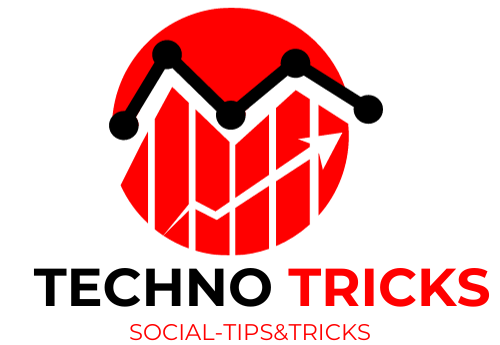How Can B2C Marketers Find Out Who to Target as Their Core Demographic?
In the bustling world of business-to-consumer (B2C) marketing, identifying the core demographic is a critical step in crafting successful marketing strategies. Knowing who to target not only streamlines marketing efforts but also enhances customer engagement and increases the return on investment. This article explores practical methods B2C marketers can use to pinpoint and understand their target audience.
Leveraging Market Research
Market research is the backbone of demographic analysis. It involves gathering data about consumers’ preferences, behaviors, and demographics. Tools like surveys, focus groups, and market segmentation studies offer invaluable insights into who the core audience is. By analyzing this data, marketers can paint a detailed picture of their ideal customer, including age, gender, income level, and lifestyle preferences.
Analyzing Existing Customer Data
Often, the best clues about a core demographic lie within a company’s existing customer base. Analyzing purchase history, customer feedback, and engagement patterns can reveal trends about who is currently buying a product or service. Tools like Customer Relationship Management (CRM) software can help segment this data, making it easier to identify common characteristics among current customers.
Observing Competitors
Observing and learning from competitors is another effective way to understand the core demographic. Marketers can study their competitors’ marketing efforts and customer base to gain insights into who might be interested in their products or services. This can include analysis of competitors’ social media strategies, advertising campaigns, and any available demographic data.
Utilizing Social Media Analytics
Social media platforms are a goldmine of demographic information. Platforms like Facebook, Instagram, and Twitter provide built-in analytics tools that offer detailed data on who is interacting with a brand’s content. This can include age ranges, location, gender, and even interests. By analyzing this data, B2C marketers can refine their understanding of their audience.
Conducting Keyword and SEO Analysis
Keyword and SEO (Search Engine Optimization) analysis can reveal what potential customers are searching for online. Tools like Google Analytics and SEMrush can provide data on search terms and trends. By understanding what their target audience is looking for, marketers can tailor their content and SEO strategies to align with these interests, thereby attracting the right demographic.
Engaging with Customer Feedback
Direct feedback from customers, whether through reviews, surveys, or social media interactions, is a direct line of communication to understand the core demographic. Engaging with this feedback and analyzing patterns can help marketers understand what appeals to their audience, what doesn’t, and what could be improved.
Keeping Up with Industry Trends
Staying informed about broader industry trends is crucial. Market trends, consumer behaviour reports, and industry forecasts can provide context and help marketers anticipate changes in their core demographic. This proactive approach ensures that marketing strategies remain relevant and effective.
Conclusion
Identifying the core demographic is a multifaceted process that involves a combination of market research, analysis of existing customer data, competitor observation, social media analytics, SEO strategies, customer feedback, and staying informed about industry trends. B2C marketers who invest time and resources in understanding their audience can develop more targeted, effective, and engaging marketing strategies. In the dynamic landscape of B2C marketing, a deep understanding of the core demographic is not just beneficial; it’s essential for success.
For more info thetechnotricks




